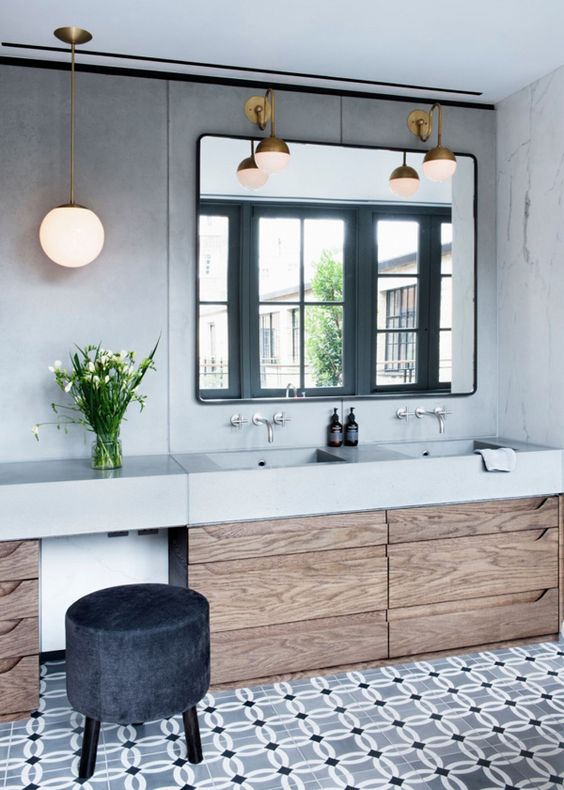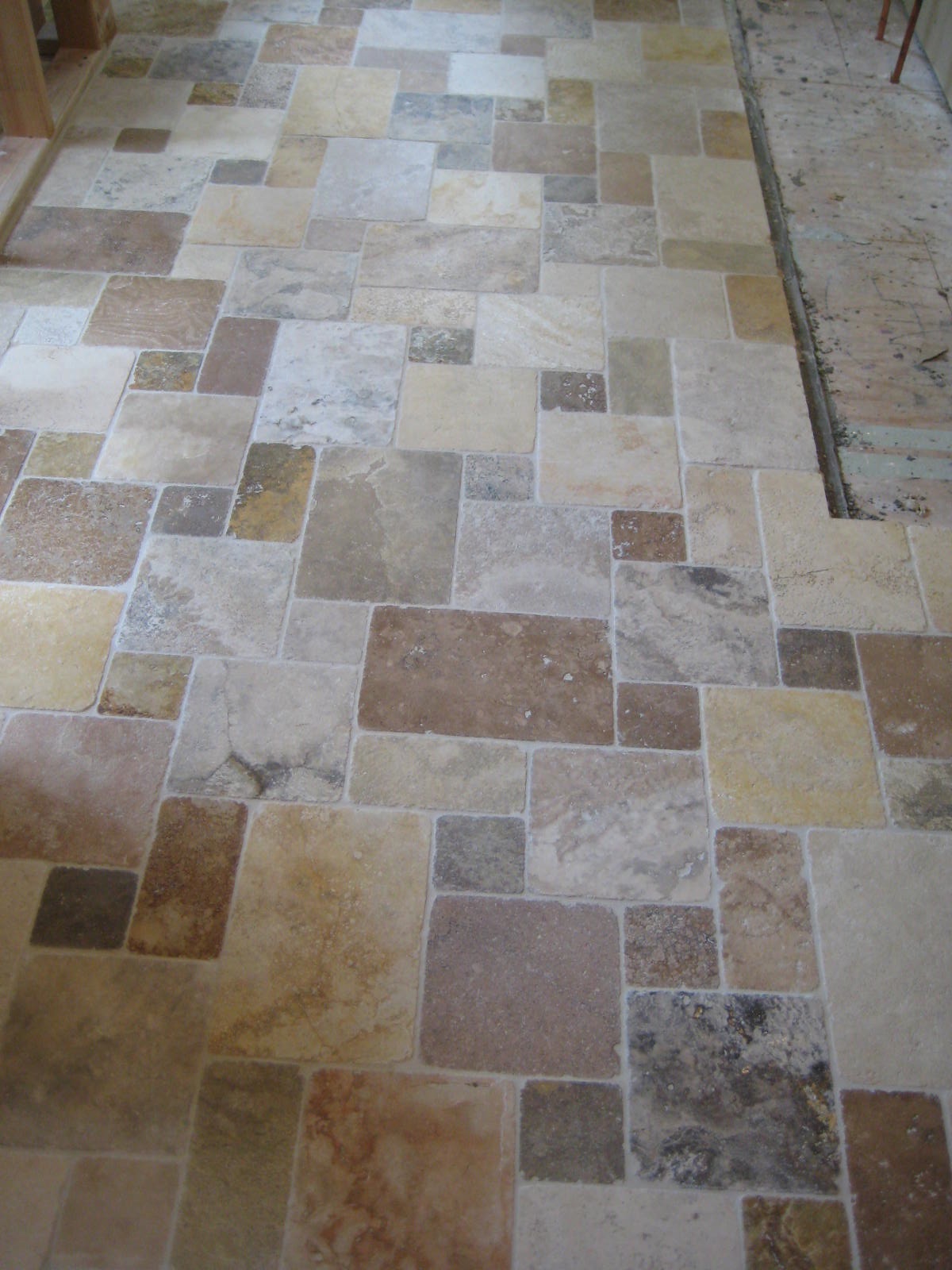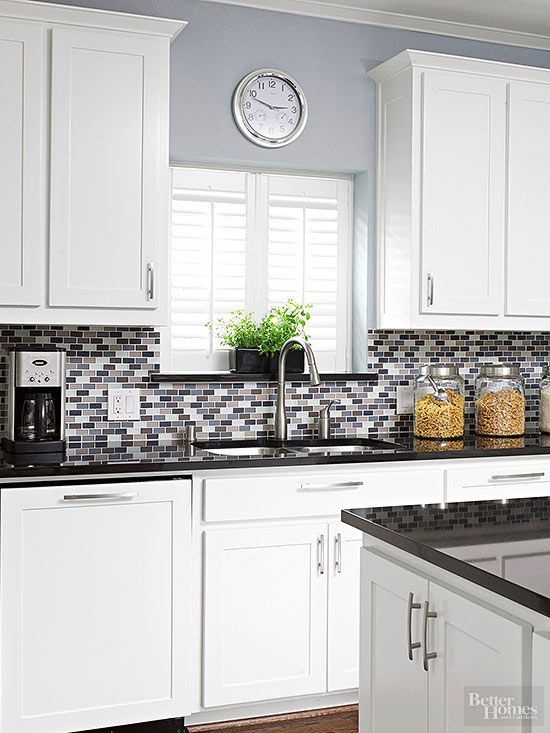Geometric kitchen floor tiles are a bold and stylish way to bring personality into a space that’s often dominated by function. These tiles come in various patterns, including hexagons, triangles, chevrons, and more intricate designs. Their repeating shapes can create stunning visual movement on the floor, transforming even the simplest kitchen layout into something memorable and artistic without requiring major renovations.
One of the strongest appeals of geometric floor tiles is their ability to mix modern style with timeless appeal. While the patterns feel fresh, many geometric designs are inspired by classic motifs that date back centuries. This makes them a fitting choice for both contemporary and vintage-inspired kitchens. Whether paired with sleek cabinetry or rustic wooden counters, they hold their own and offer visual interest.
Color plays a key role in the impact of geometric tiles. Black and white combinations offer contrast and a clean, crisp appearance that feels sharp and graphic. For a warmer or more playful kitchen, earthy tones, soft pastels, or vibrant blues can make the pattern pop in a gentler way. Some homeowners use two or three tile colors in one pattern to bring subtle depth without overpowering the room.
Durability is another reason geometric tiles work so well in kitchens. Made from ceramic, porcelain, or even cement, these tiles are built to handle high foot traffic, spills, and frequent cleaning. Their patterns also do a great job of hiding everyday dust and crumbs, which is a practical bonus in a space where messes are common. Maintenance is typically easy with regular sweeping and damp mopping.
Layout flexibility is another advantage of geometric tile. Depending on how the tiles are arranged, you can control the flow of the room or even visually separate areas. A kitchen with an open floor plan, for example, can use a bold geometric tile in the cooking area and a different finish elsewhere, helping define space without adding walls. The pattern becomes a boundary without physical barriers.
Smaller kitchens can benefit from geometric designs just as much as larger ones. Instead of overwhelming the room, the right pattern can add energy and a sense of space. Diagonal lines or chevrons can pull the eye across the floor, making the area feel more expansive. Choosing a light color palette with subtle patterns adds interest without closing in the room visually.
Pairing geometric tiles with other textures in the kitchen can lead to an even richer design. A tile floor with sharp lines works beautifully against smooth cabinets or natural stone countertops. Wooden furniture or open shelving softens the look while keeping things grounded. The tiles don’t have to be the only statement piece—they work well alongside other eye-catching design elements.
Geometric floor tiles also open up creative layout opportunities. Homeowners can frame islands, create a border along the wall, or use patterns to guide foot traffic through the space. These design tricks not only make the kitchen more dynamic, but they can also reflect the homeowner’s unique taste. The floor becomes more than just a surface—it becomes part of the overall design language.
When selecting geometric tiles, it’s important to think about grout color as well. The wrong grout can distract from the design or muddy the pattern. A matching grout blends the pattern for a softer look, while a contrasting color highlights each tile and sharpens the design. Either approach can work, depending on the goal—bold and graphic, or quiet and subtle.
Ultimately, geometric kitchen floor tiles are more than just a trendy surface choice. They offer strength, style, and customization in one package. Their patterns speak to both structure and creativity, giving kitchens a visual heartbeat that ties everything together. With the right planning, geometric tiles can bring energy, character, and lasting beauty to one of the most used spaces in the home.
Ways to Create Green Color Interior Design
magnificent pictures and ideas decorative bathroom wall tile designs
Bold Mosaic Kitchen Backsplashes To Get Inspired
Related Posts:






